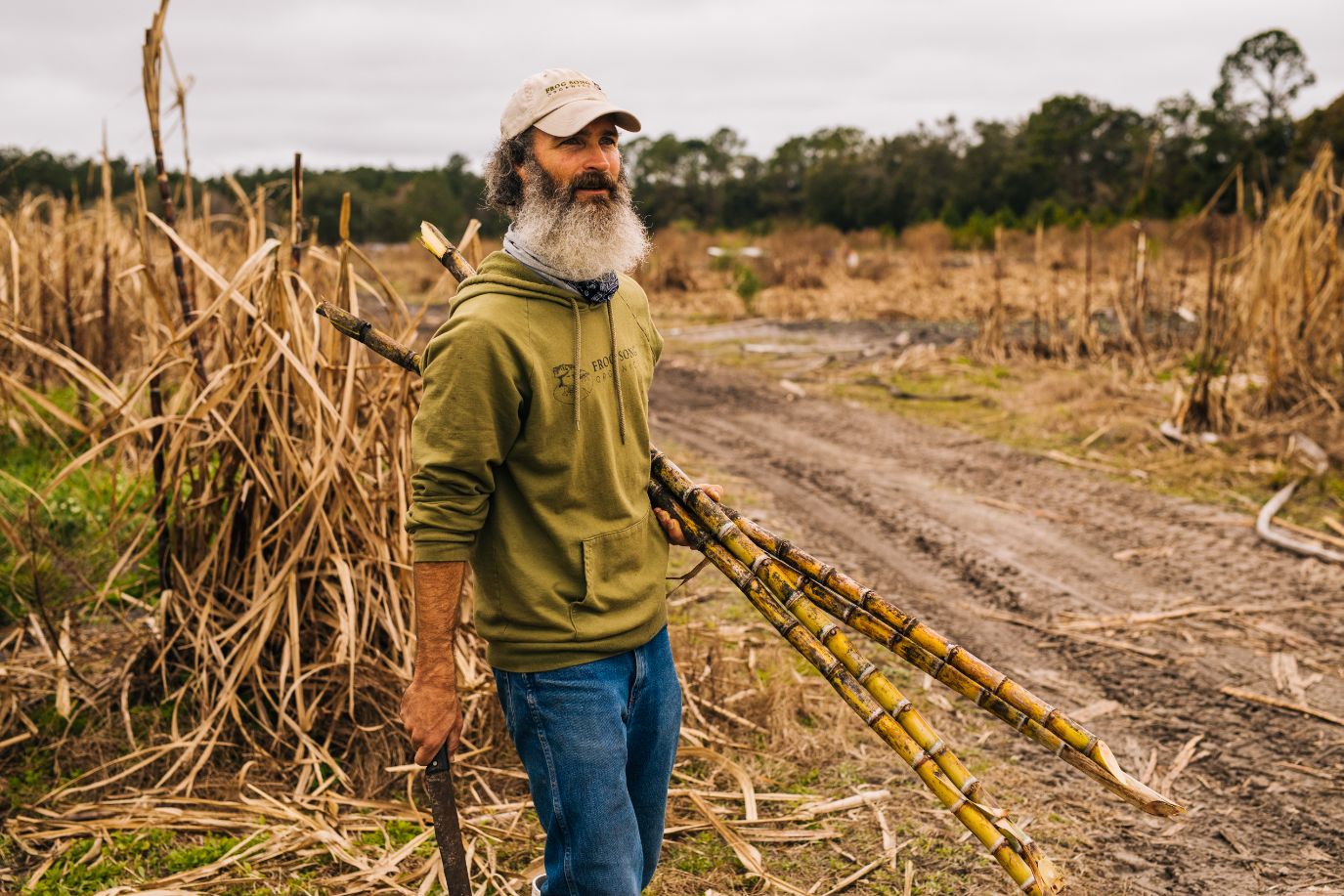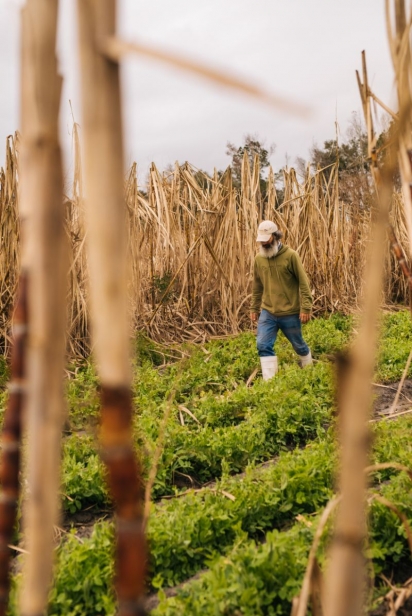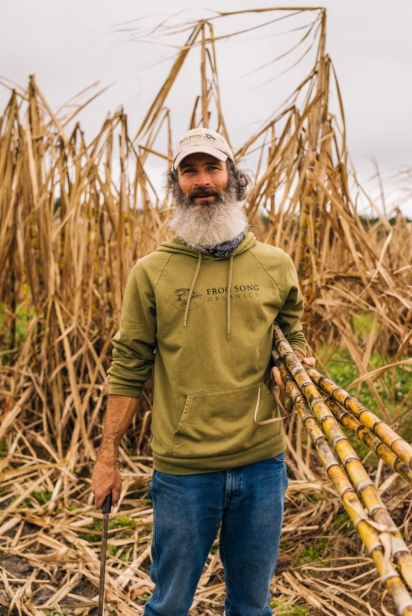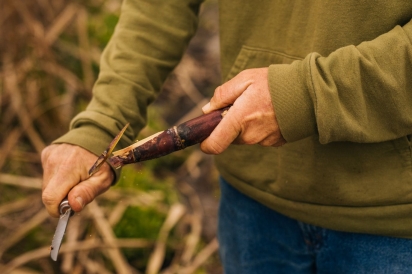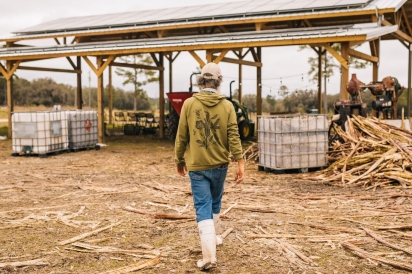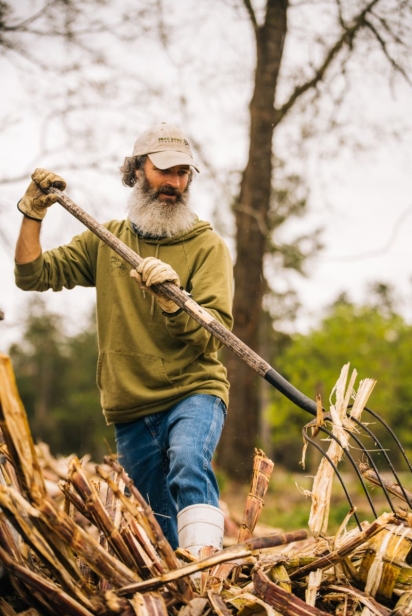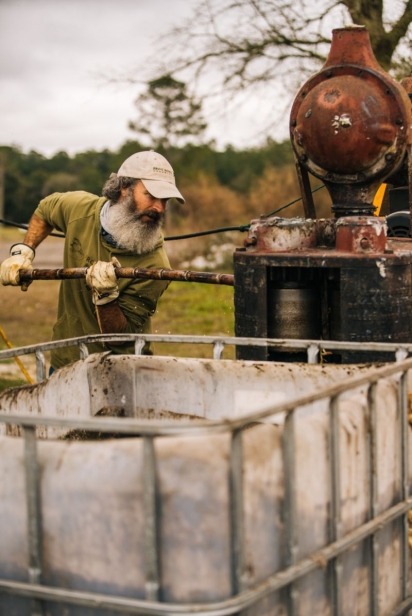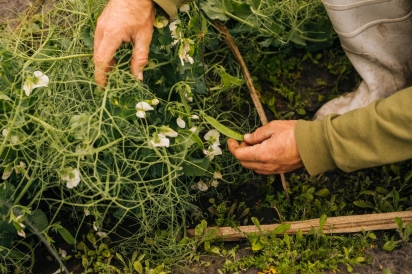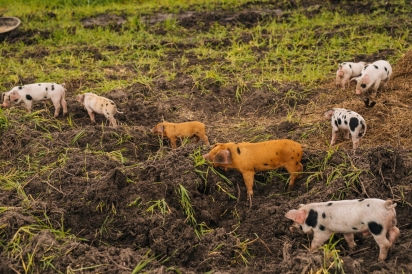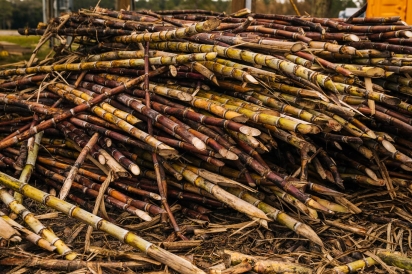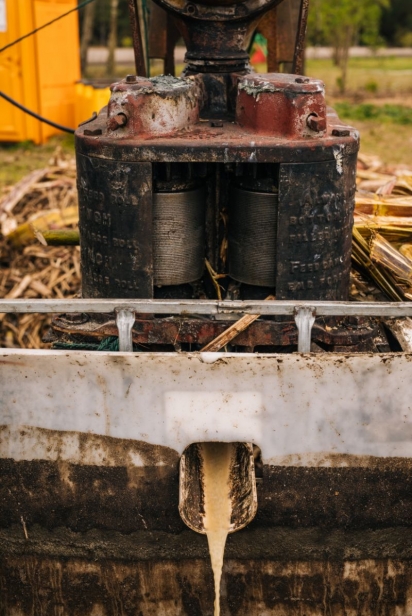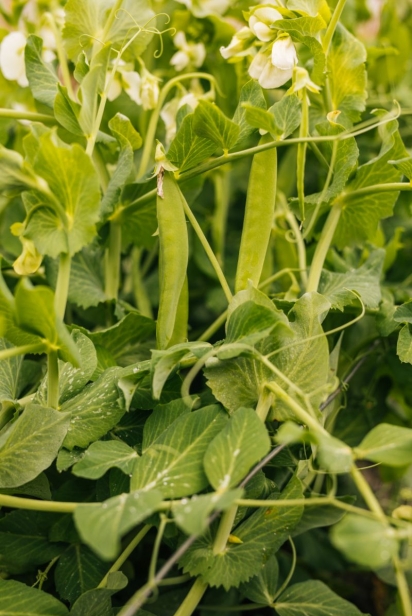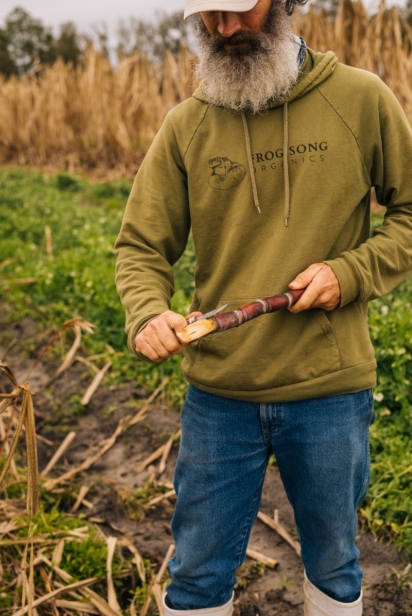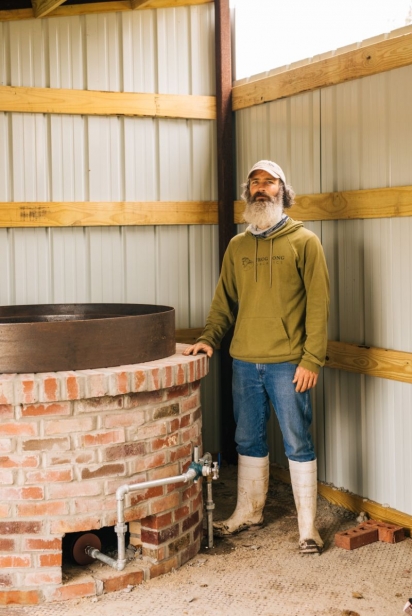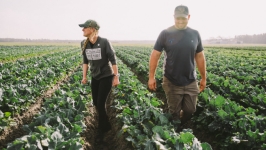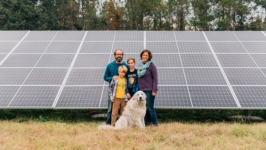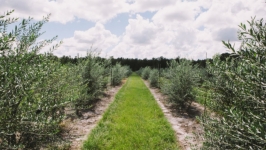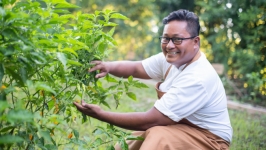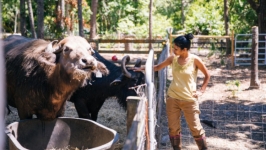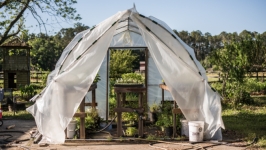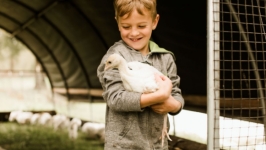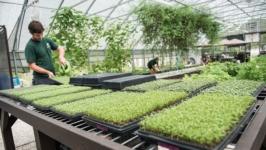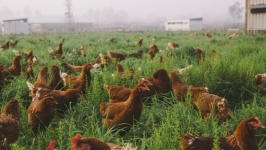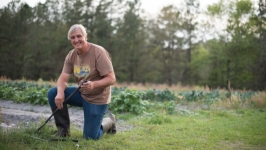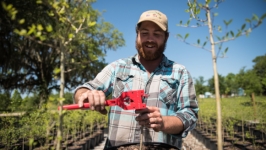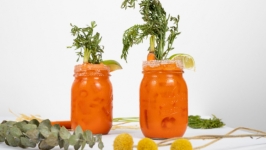Growing Sugar Cane
When you reach for the sugar bowl for your morning coffee, you might not think about the horticultural origins of the sweetener inside. Most likely, you haven’t considered adding sugar cane to your garden. While this plant is not commonly found in home gardens, it is an easy to grow, edible crop that has a long history in Florida’s agriculture.
Sugar cane is a tropical perennial grass native to Asia. It has been grown and cultivated for more than 4000 years and has been used in sugar manufacturing in India as far back as 400 BC. According to the State Archives and Library of Florida’s website Florida Memory, “Florida’s first major sugar cane operations arrived while the British had possession of the territory in the 18th century. Colonial authorities handed out large land grants to British subjects willing to grow sugar cane and other crops along the St. Johns River.” Since then sugar cane has become a significant agricultural crop in Florida. Recent statistics indicate a yield of 13.3 million tons of stalk, producing 1.55 million tons of raw sugar.
The biomass byproduct of sugar cane is used in feed and biofuel, with new varieties bred specifically for biofuel production. Most of the fibrous stalk (bagasse) is burned as fuel in Florida sugar mills, saving producers 113 million gallons of fuel oil. While sugar cane can be grown in every county of Florida, almost all commercial production is concentrated at the southern end of Lake Okeechobee. The growth in production over the years has led to a diversity of pollution concerns, from red tides to the degradation of the Everglades.
In the Gainesville area, farmer John Bitter has made sugar cane an important component of his operation at Frog Song Organics, due to its value in the field and once harvested. He grows cane in between rows to protect other crops by providing shade and a windbreak, and uses the stalks as feed for his hogs. Once harvested, the cane is pressed and boiled down into traditional syrup. During the pandemic, the farm started manufacturing hand sanitizer, a high-proof ethanol distilled from sugar cane juice. The latest endeavor is a partnership with a local distillery to produce private label spirits.
“Sugar cane is so versatile on the farm. And most people don’t realize it contains essential nutrients like iron, magnesium and phosphorus, and the juice is beneficial for the digestive system,” says Bitter.
For backyard growers, sugar cane is fun and easy. There are several varieties to try in home gardens, including green, yellow and purple. Some varieties are bred for chewing because the fibers stick together better, and some are grown for syrup. To plant, cut stalks into 1-foot long pieces and plant in the spring to enjoy the bounty in early winter. When you harvest, cut the canes off at the ground and next year’s crop will come up from the root clump.
For a glimpse of an old-fashioned cane grinding, watch for the Fall Farm and Cane Festival at Dudley Farm Historic State Park in Newberry. The farm day includes a demonstration of grinding cane through rollers which are turned either traditionally by horse or with more modern motors. The juice runs into a collection bucket and is then poured into a cooking vat and boiled down. During this process, the impurities are skimmed off and the thickness and quality are checked regularly before bottling.
You may not be able to grow enough sugar cane to press into syrup, but you can enjoy the stalks as a sweet treat. To eat, peel the husk to get down to the fibrous center of the cane and cut into chunks or just chew on the peeled stick. And if you pick up a bottle of Frog Song’s cane syrup, be sure to bake up a batch of biscuits or molasses cookies subbing in the syrup and relish the flavors of a traditional sweetener.


